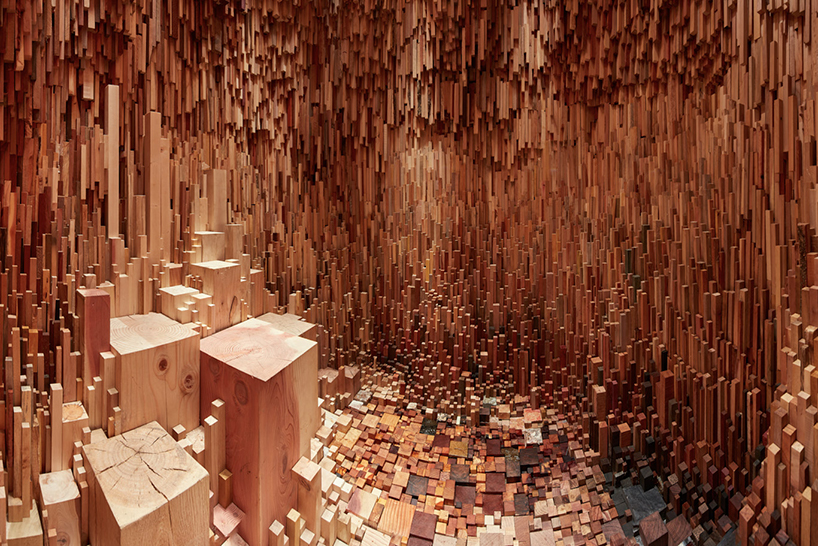
The noble Eastern White Pine (Pinus strobus) is a historic tree, providing the basis for countless timber-frame structures and Colonial homes throughout New England and the world over the past few centuries. It’s also a beloved Christmas tree and feature in the landscape. Here in Maine, it often grows up to 130 feet tall and four feet in diameter, and can be found virtually anywhere you look. But if you aren’t an Eastern White Pine aficionado, you might not know how to tell it apart from other pines.

Whether sprouting up in the wild or growing in commercial timberlands, the Eastern White Pine tree stands tall and proud with an extraordinarily long, straight trunk. Taller trees often have branches that reach above the forest canopy, the highest ones swept upward. In fact, many older Eastern White Pines are asymmetrical due to their exposure to the wind.

From afar, the bluish-green needles on its horizontal, parallel branches often have a feathery appearance. Get in close and you’ll see that these long, thin needles grow five to a cluster, each one three to five inches long. Touch them and they’ll be soft and flexible. In contrast, Red Pine and Jack Pine needles come in bundles of two, and Pitch Pine in bundles of three. White pines also lose all but the current year’s needles each year in fall.

Want to determine the approximate age of an Eastern White Pine in the landscape? For each year the tree is alive, it grows a single whorl of branches from its trunk, just below the terminal bud at the very top. Count them and you’ll get an idea, looking for signs of lower branches that have been shaded out and fallen off over time.

The bark on a young Eastern White Pine tree looks smooth and greenish-gray, while mature trees begin to develop a reddish brown tone and layers of scales forming ridges that are broken into irregular shapes. The pine cones are longer and thinner than those of other pines that grow in this region. They gradually taper, and their scales aren’t sharp and prickly.
The parts of the Eastern White Pine tree have many uses, starting, of course, with lumber. The United States lumber industry was founded on this special tree, which is prized for its lightness, workability, straightness and the fact that it shrinks and swells very little. Its needles are high in vitamin C, so they’re often steeped like tea. New shoots can be peeled and candied, and the sap is naturally antibacterial. Peel the nuts out of the pine cone for a crunchy snack high in fat and protein. You can even make flour from the bark. Check out more info in the articles below!




















